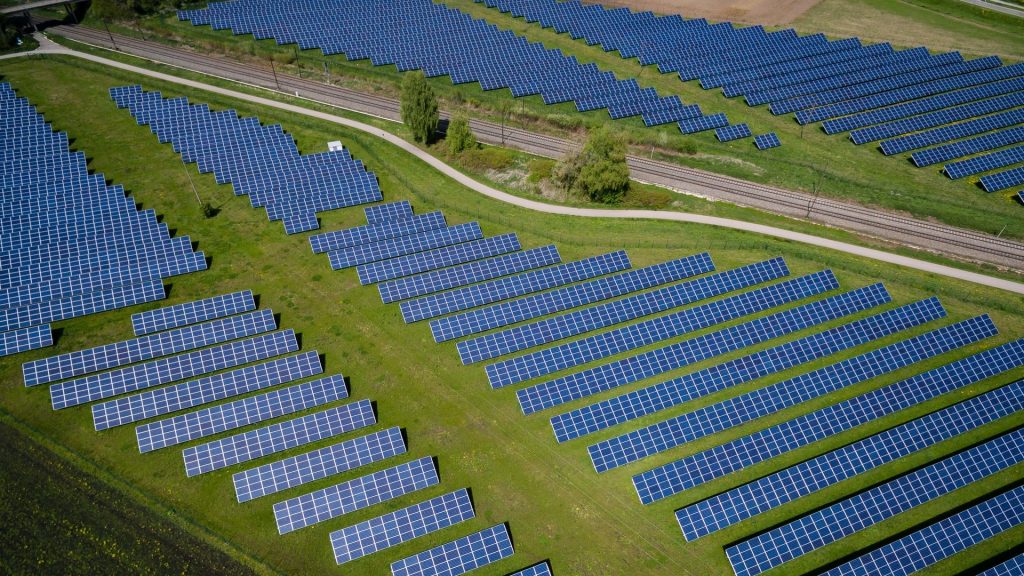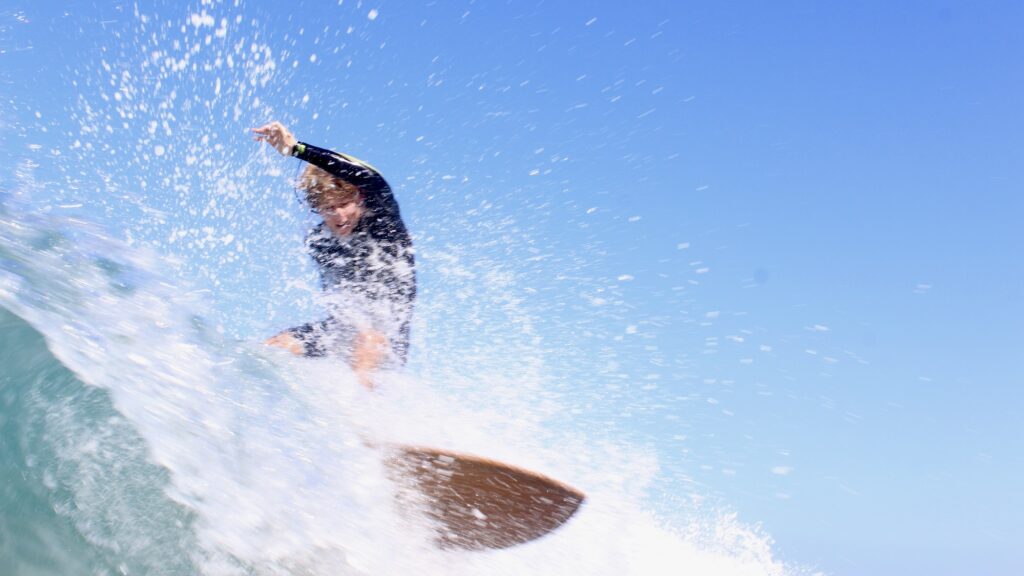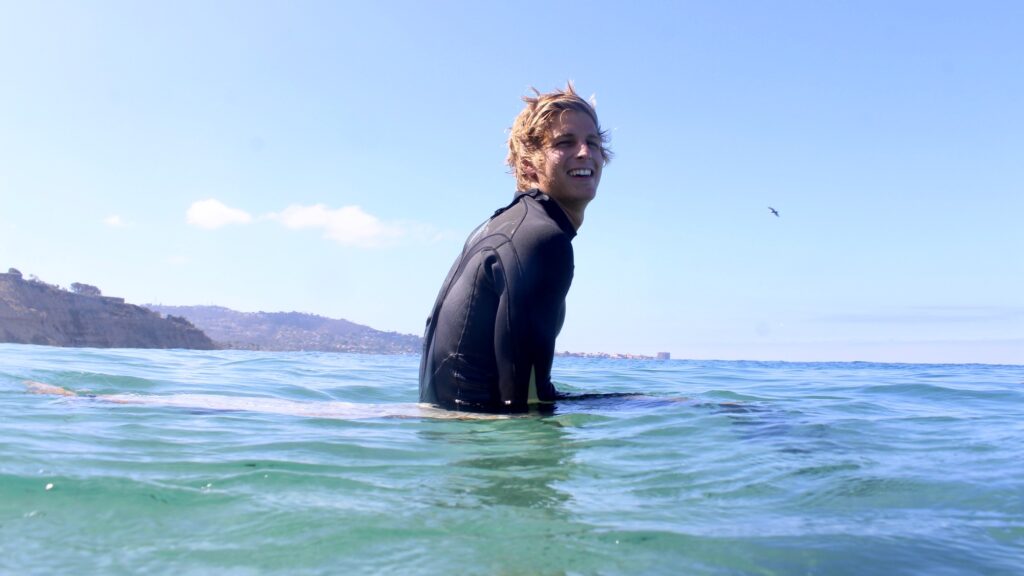Harvard capstone project looks at sustainability in wave pools

Wave pools provide the opportunity to spread surf culture, community, and stoke beyond the coastlines of the world. But how can the burgeoning wave pool industry share surfing’s ecology-first ethos? Not that all surfers are environmentalists, but doing the right thing tends to rank higher among surfers than other sporting groups. Nolan Stephens, a master’s student at Harvard University, is studying the intersection of the wave pool industry and sustainability through his capstone project, with the ultimate goal of making wave pools greener.
The surfer is working with an undisclosed wave technology company to develop a custom Sustainability Action Plan. To do this Nolan will identify short- and long-term sustainability opportunities to drive corporate environmental performance. This path comes after six years of energy and environmental consulting experience, specifically on how sustainability can be embedded within corporate strategies.
Nolan believes that by focusing on corporate sustainability, companies in the wave pool industry can demonstrate leadership and brand differentiation. Just how will this be done? We spoke with Nolan to find out.

What are you looking to bring to light in the wave pool world with this master’s capstone project?
I am looking to help artificial wave technology companies create actionable sustainability strategies that deliver stoke to communities around the world and provide stewardship of natural resources. The main challenge many companies face is how to establish a clear and comprehensive corporate sustainability approach across their organization. Achieving resource-conscious and thriving surf park communities is much more approachable when an organization has embedded sustainability into its daily operations and decision-making processes.
How did Harvard react to the subject of wave pools, did you have to do a lot of explaining?
As one of the few students skating through Harvard Yard, it isn’t a surprise my professors were initially perplexed. I had to explain my passion for surfing and the ocean and how the wave pool industry can provide the surfing experience to so many other individuals and communities. I am grateful my master’s program is focused on the relationship between organizations and the environment and provides the flexibility for students to work in these types of industries.
Dazzle us with some stats or figures that readers might not be aware of.
Kelly’s Lemoore wave pool is filled with 15 million gallons of water – that is nearly 23 Olympic-sized pools! Furthermore, on a hot day, 250,000 gallons of water can evaporate! I think these facts highlight how water consumption is a major environmental impact of wave pools, especially in arid climates such as California. I see water consumption, as well as energy use for producing waves and the land area and materials used to develop a wave pool, as opportunities for the wave pool industry to evolve and improve environmental performance. I’m excited to contribute to solutions such as using reclaimed water, capturing rainwater, providing shading with photovoltaic panels, and changing pool size, shape, and depth to identify how to conserve natural resources and reduce costs.

Would you say that surfing has a greener footprint than, say, Ice Hockey or other sports?
I think the environmental impact of a sport heavily depends on context, such as surfing at your local break vs traveling to a world-class wave. While sustainability requires a holistic approach, I would generally consider surfing a lower-impact sport given the minimum equipment required to get wet and enjoy catching waves. Although the construction and eventual disposal of a surfboard undoubtedly have an environmental impact, I think that most surfers want to make choices that reduce their footprint because the surfing experience connects you with nature in a humbling and powerful way. I think this is the opportunity that enables wave pools to reimagine how sustainability can be a core pillar of their business.
What are some things that surf parks can do to lessen their carbon footprint?
A critical step to reducing your carbon footprint is understanding and accurately measuring the emissions associated with your business through a greenhouse gas inventory. I think the adage You can’t track what you don’t measure holds true here. There are opportunities to reduce a surf park’s emissions in both the design and operational phases such as using lower-carbon concrete, incorporating recycled materials, generating on-site renewable energy, leveraging green energy storage, and installing high-efficiency lighting. I think surf parks have the potential to optimize these strategies within the selected site and I am excited to see how surf parks can creatively reduce emissions through design.

Related Coverage
